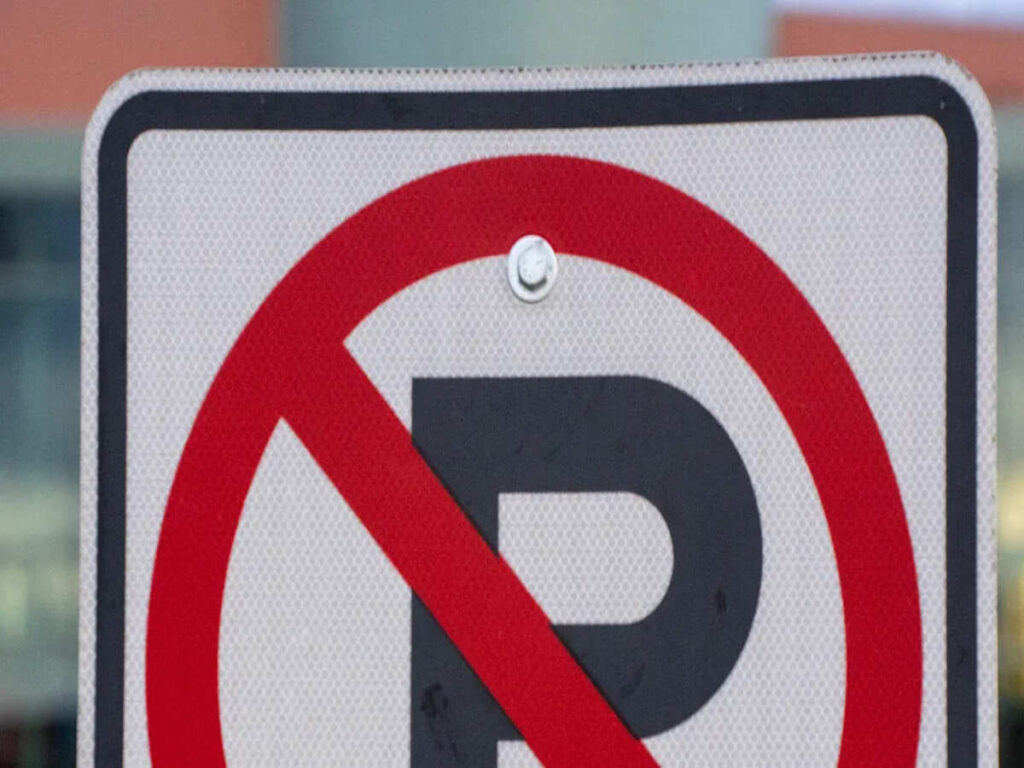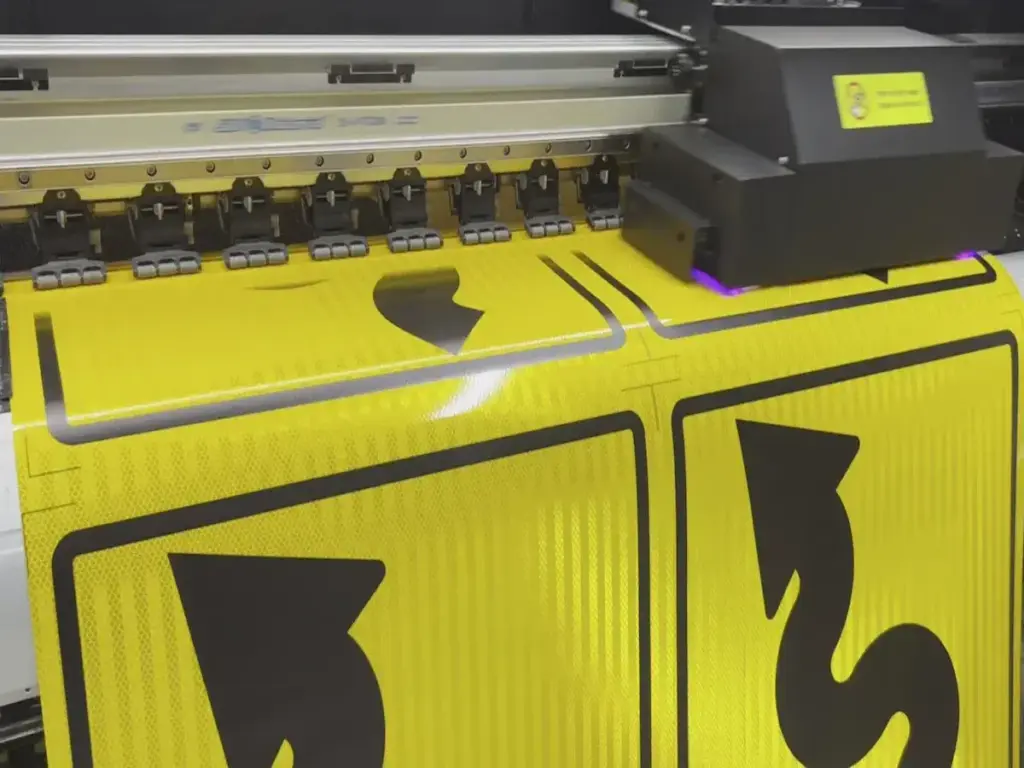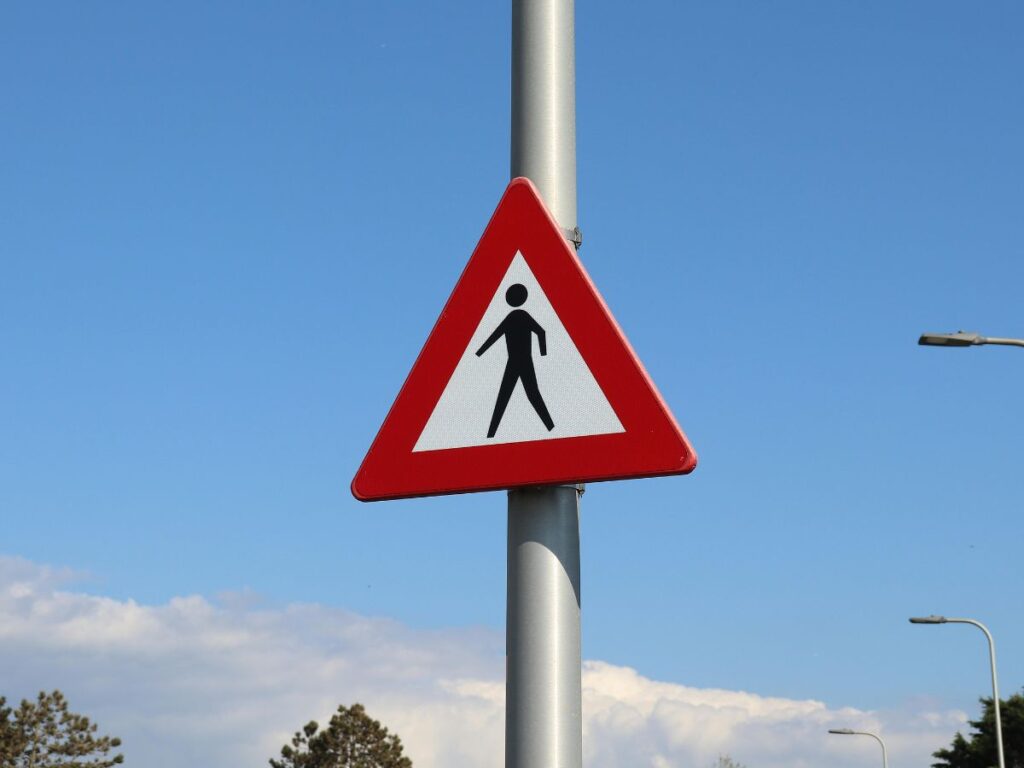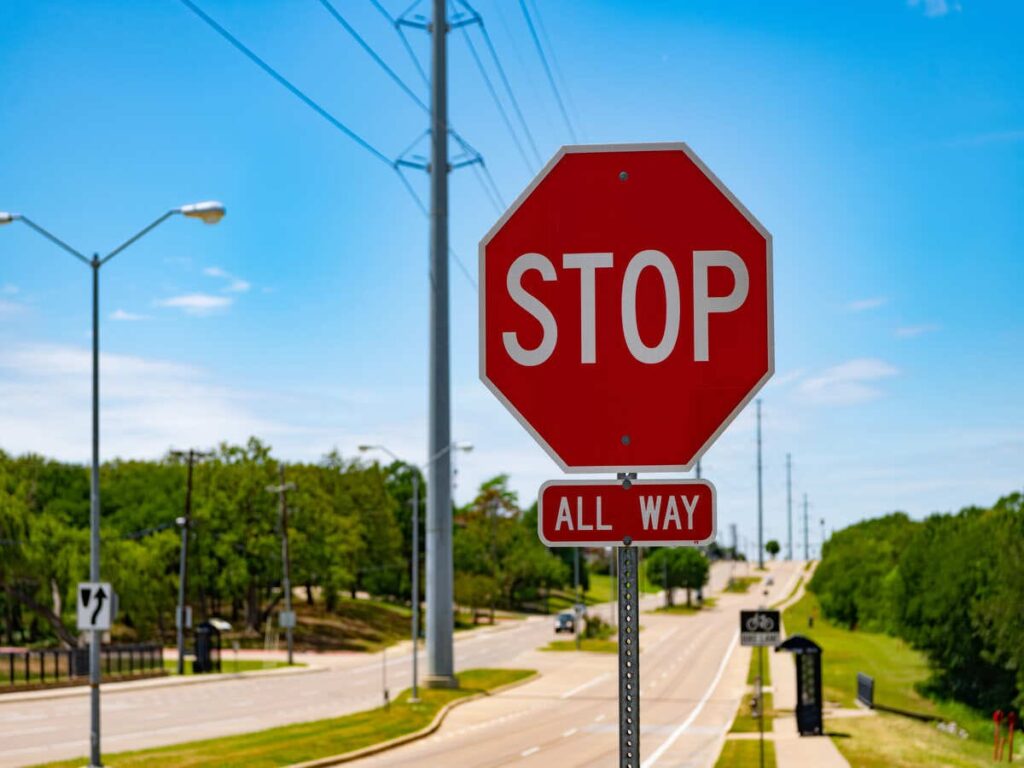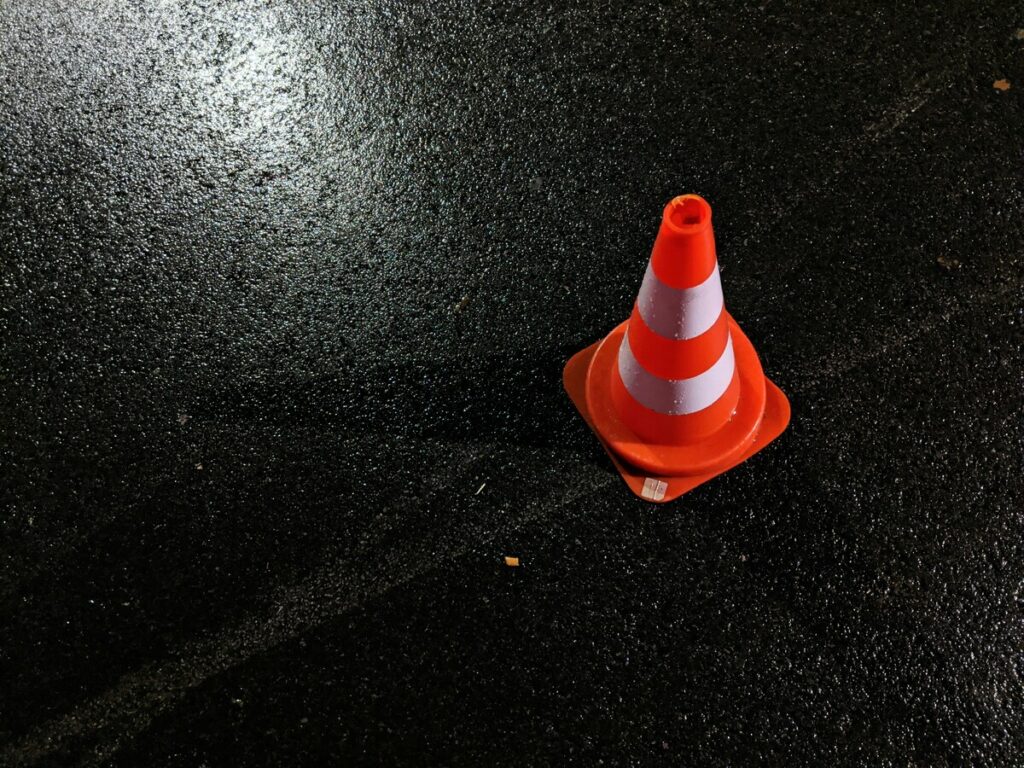
अधिकार का चयन करना यातायात के लिए शंकु विभिन्न वातावरणों में सुरक्षा और स्थिरता सुनिश्चित करने के लिए महत्वपूर्ण है. ट्रैफ़िक शंकु यातायात नियंत्रण में आवश्यक उपकरण के रूप में काम करते हैं, कार्य क्षेत्र और अन्य क्षेत्रों के माध्यम से सुरक्षित रूप से वाहनों और पैदल यात्रियों का मार्गदर्शन करना. ट्रैफिक के लिए एक शंकु की ऊंचाई और वजन इसके प्रदर्शन में महत्वपूर्ण भूमिका निभाते हैं. लंबे शंकु दृश्यता बढ़ाते हैं, उन्हें उच्च गति वाली सड़कों के लिए आदर्श बना रहा है. इस दौरान, भारी सुरक्षा शंकु स्थिरता प्रदान करते हैं, विशेष रूप से हवा की स्थिति में. इन कारकों को समझकर, आप सड़क सुरक्षा और दक्षता बढ़ाने के लिए सूचित निर्णय ले सकते हैं.
सही ट्रैफ़िक शंकु चुनते समय विचार करने के लिए कारक
ट्रैफ़िक शंकु का चयन करते समय, ट्रैफ़िक नियंत्रण में इष्टतम प्रदर्शन सुनिश्चित करने के लिए आपको कई कारकों पर विचार करना चाहिए. इन कारकों में ऊंचाई शामिल है, वज़न, और अतिरिक्त विशेषताएं जो दृश्यता और स्थिरता को बढ़ाती हैं.
यातायात शंकु की ऊंचाई विचार
पवन प्रतिरोध
ट्रैफिक शंकु की ऊंचाई हवा का विरोध करने की अपनी क्षमता में एक महत्वपूर्ण भूमिका निभाती है. लंबा यातायात शंकु, जैसे कि वे से 28-इंच को 36-इंच, बेहतर पवन प्रतिरोध की पेशकश करें. लंबा ट्रैफिक शंकु गस्ट के खिलाफ दृढ़ता से खड़ा होता है, खटखटाने के जोखिम को कम करना. यह स्थिरता खुले क्षेत्रों में आवश्यक है जहां हवा एक महत्वपूर्ण कारक हो सकती है.
उच्च या ट्रैफ़िक क्षेत्र
उच्च-यातायात क्षेत्रों में, दृश्यता सर्वोपरि हो जाती है. लंबे ट्रैफिक शंकु ड्राइवरों के लिए दृश्यता में सुधार करते हैं, लम्बे ट्रैफ़िक शंकु सुनिश्चित करना एक दूरी से शंकु को नोटिस करता है. यह राजमार्गों या व्यस्त सड़कों पर विशेष रूप से महत्वपूर्ण है जहां त्वरित प्रतिक्रियाएं आवश्यक हैं. इन वातावरणों के लिए एक निर्दिष्ट ऊंचाई यह सुनिश्चित करती है कि सुरक्षा शंकु प्रभावी रूप से यातायात का मार्गदर्शन करें और दुर्घटनाओं को रोकें.
यातायात शंकु के वजन विचार
अस्थायी उपयोग के लिए हल्के शंकु
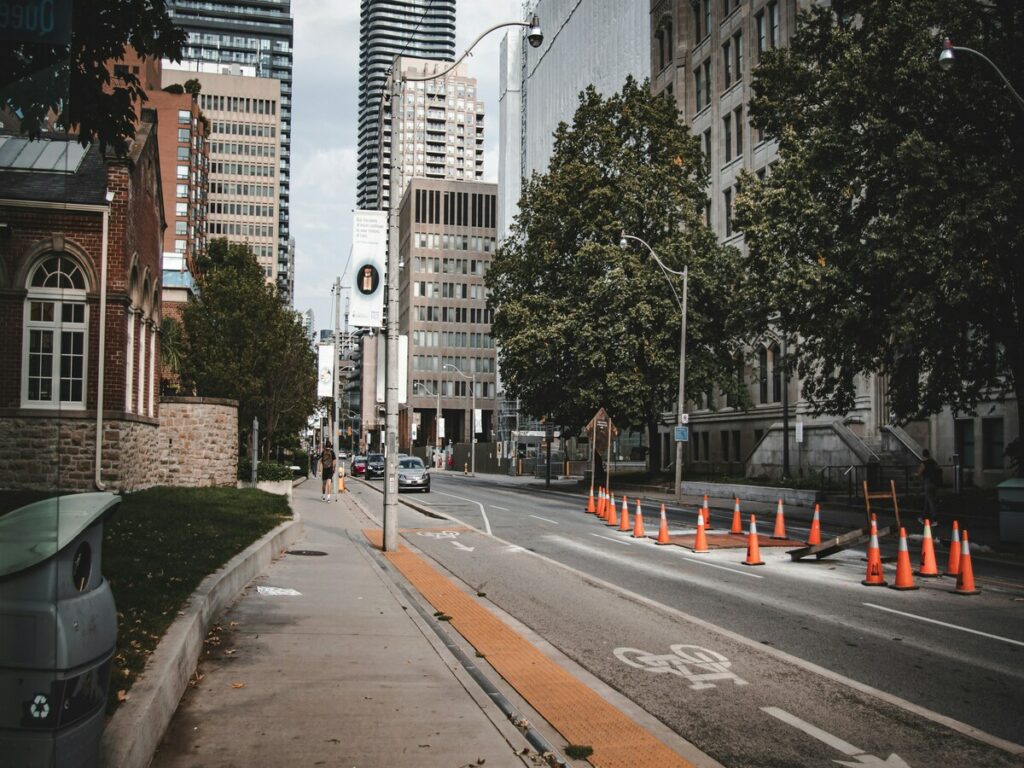
हल्के ट्रैफ़िक शंकु अस्थायी सेटअप के लिए आदर्श हैं. ट्रैफ़िक शंकु परिवहन और स्थापित करना आसान है, उन्हें अल्पकालिक घटनाओं या इनडोर उपयोग के लिए एकदम सही बनाना. तथापि, हवा की स्थिति में, ये हल्के ट्रैफ़िक शंकु आवश्यक स्थिरता प्रदान नहीं कर सकते हैं.
हवा और उच्च-ट्रैफिक क्षेत्रों के लिए भारी शुल्क शंकु
उच्च हवाओं या भारी यातायात वाले क्षेत्रों के लिए, भारी-शुल्क यातायात शंकु आवश्यक हैं. ये भारी शुल्क यातायात शंकु अधिक वजन करते हैं, पर्यावरणीय चुनौतियों का सामना करने के लिए आवश्यक स्थिरता प्रदान करना. उन्हें टिप करने की संभावना कम है, निरंतर यातायात नियंत्रण सुनिश्चित करना.
बंधनेवाला यातायात शंकु: दोनों
पतन योग्य यातायात शंकु बहुमुखी प्रतिभा प्रदान करता है. आप उन्हें विभिन्न सेटिंग्स में उपयोग कर सकते हैं क्योंकि भंडारण के लिए कॉम्पैक्ट होने की उनकी क्षमता और उपयोग के लिए विस्तारित किया जा सकता है. ढहने योग्य ट्रैफ़िक शंकु हल्के और भारी शुल्क शंकु के लाभों को जोड़ती है, उन्हें अस्थायी और स्थायी दोनों अनुप्रयोगों के लिए उपयुक्त बनाना.
अतिरिक्त सुविधाओं
परावर्तन
ट्रैफिक शंकु पर चिंतनशील बैंड दृश्यता को बढ़ाते हैं, विशेष रूप से रात में या कम-प्रकाश स्थितियों में. चिंतनशील ट्रैफ़िक शंकु सुनिश्चित करते हैं कि ड्राइवर उन्हें दूर से देख सकते हैं, दुर्घटनाओं के जोखिम को कम करना. यह सुविधा सभी प्रकाश की स्थिति में सुरक्षा बनाए रखने के लिए महत्वपूर्ण है.
सामग्री
The एक यातायात शंकु की सामग्री इसके स्थायित्व और लचीलेपन को प्रभावित करता है. प्लास्टिक और रबर जैसी टिकाऊ सामग्री से बने ट्रैफ़िक शंकु स्थिरता प्रदान करते हैं और कठोर परिस्थितियों का सामना करते हैं. ये सामग्री यह सुनिश्चित करती है कि शंकु समय के साथ प्रभावी रहें, लगातार उपयोग के साथ भी.
इन कारकों पर विचार करके, आप ट्रैफ़िक के लिए सही शंकु का चयन कर सकते हैं जो आपकी विशिष्ट आवश्यकताओं को पूरा करता है. चाहे आपको एक निर्माण स्थल के लिए शंकु की आवश्यकता हो, एक स्कूल क्षेत्र, या एक खेल आयोजन, इन तत्वों को समझने से आपको एक सूचित निर्णय लेने में मदद मिलेगी.
स्थानीय सुरक्षा मानकों और नियमों को समझना
ट्रैफ़िक शंकु का चयन करते समय, आपको स्थानीय सुरक्षा मानकों और नियमों को समझना चाहिए. ये दिशानिर्देश यह सुनिश्चित करते हैं कि ट्रैफ़िक शंकु का उपयोग प्रभावी ढंग से और सुरक्षित रूप से रोडवेज पर किया जाता है.
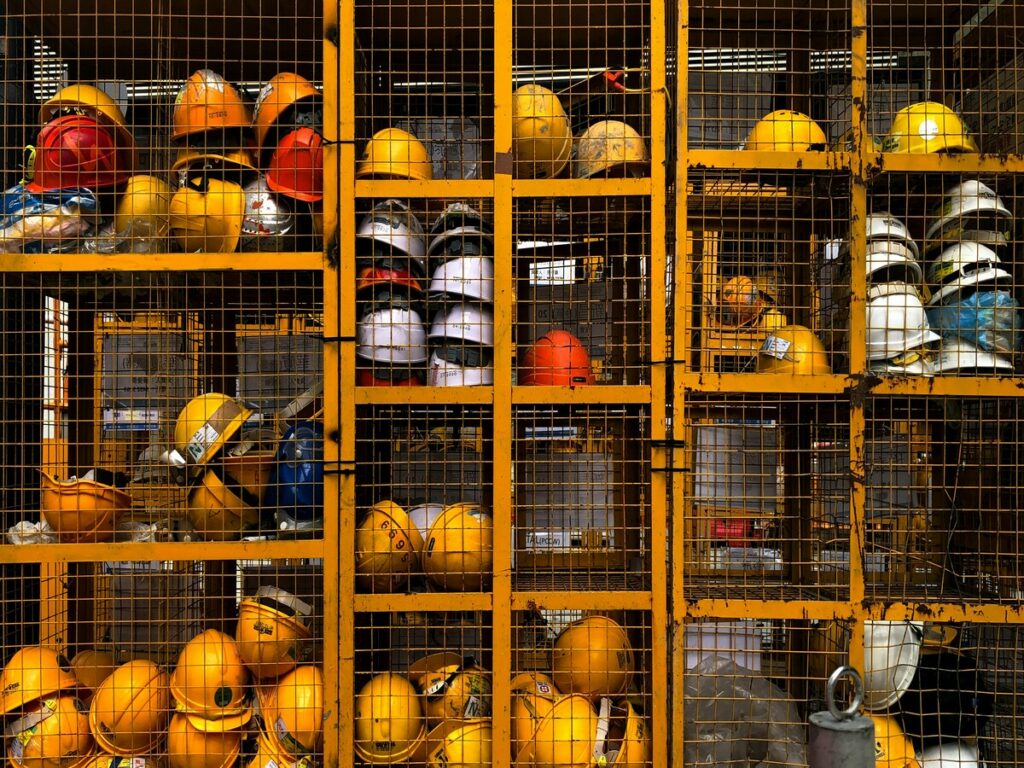
संघीय दिशानिर्देश
संघीय दिशानिर्देश ट्रैफ़िक शंकु उपयोग में महत्वपूर्ण भूमिका निभाते हैं. The संघीय राजमार्ग प्रशासन विनियम विशिष्ट मानकों को पूरा करने के लिए ट्रैफ़िक शंकु की आवश्यकता होती है. इनमें स्थिरता के लिए एक भारी काला आधार होना और ऊंचाई और परावर्तन आवश्यकताओं का पालन करना शामिल है. ऐसे मानक यह सुनिश्चित करते हैं कि शंकु दिखाई और स्थिर रहें, चुनौतीपूर्ण परिस्थितियों में भी. इन संघीय दिशानिर्देशों का पालन करके, आप यह सुनिश्चित कर सकते हैं कि आपके ट्रैफ़िक शंकु आवश्यक सुरक्षा आवश्यकताओं को पूरा करते हैं.
राज्य और स्थानीय नियम
राज्य और स्थानीय नियम ट्रैफ़िक शंकु चयन को भी प्रभावित करें. प्रत्येक राज्य के पास रोडवर्क दिशानिर्देशों का अपना सेट है. ये दिशानिर्देश विभिन्न वातावरणों के लिए उपयुक्त शंकु के प्रकार निर्दिष्ट करते हैं. उदाहरण के लिए, कुछ राज्यों को रात के उपयोग के लिए अतिरिक्त परावर्तन के साथ शंकु की आवश्यकता हो सकती है. इन स्थानीय सुरक्षा मानकों को समझने से आपको अपने क्षेत्र के लिए सही शंकु चुनने में मदद मिलती है. राज्य और स्थानीय नियमों का अनुपालन सुनिश्चित करने के लिए हमेशा अपने स्थानीय अधिकारियों के साथ जांच करें.
संघीय और राज्य दोनों दिशानिर्देशों का पालन करके, आप यह सुनिश्चित कर सकते हैं कि आपके ट्रैफ़िक शंकु रोडवेज पर प्रभावी मार्गदर्शन और सुरक्षा प्रदान करते हैं. यह समझ न केवल सुरक्षा को बढ़ाती है, बल्कि यह भी सुनिश्चित करती है कि आप सभी आवश्यक नियमों का पालन करें.
सही ट्रैफ़िक शंकु का चयन करने के लिए व्यावहारिक सिफारिशें
जब आप सही ट्रैफ़िक शंकु का चयन करने के कार्य को शुरू करते हैं, कई व्यावहारिक विचार खेलने में आते हैं. ये विचार यह सुनिश्चित करते हैं कि आपके द्वारा चुने गए शंकु आपकी विशिष्ट आवश्यकताओं को पूरा करते हैं और प्रभावी यातायात प्रबंधन में योगदान करते हैं.
अपनी आवश्यकताओं का आकलन करना
अपनी विशिष्ट आवश्यकताओं का आकलन करके शुरू करें. ट्रैफ़िक शंकु के उद्देश्य को निर्धारित करें. क्या आप इसे एक निर्माण स्थल के लिए उपयोग कर रहे हैं, एक स्कूल क्षेत्र, या एक खेल आयोजन? प्रत्येक परिदृश्य विभिन्न प्रकार के शंकु की मांग करता है. उदाहरण के लिए, छोटे शंकु पार्किंग स्थल या इनडोर घटनाओं में अच्छी तरह से काम करते हैं जहां यातायात की गति कम है. बड़े शंकु उच्च गति वाले रोडवेज के लिए अधिक उपयुक्त हैं, जहां दृश्यता महत्वपूर्ण है. अपनी आवश्यकताओं को समझने से आपको सही ट्रैफ़िक शंकु का चयन करने में मदद मिलती है जो आपकी आवश्यकताओं के साथ संरेखित होता है.
पर्यावरणीय परिस्थितियों का मूल्यांकन
पर्यावरणीय परिस्थितियां सुरक्षा शंकु के प्रदर्शन को काफी प्रभावित करती हैं. मौसम और स्थान पर विचार करें जहां आप शंकु का उपयोग करेंगे. घुमावदार क्षेत्रों में, भारी शंकु बेहतर स्थिरता प्रदान करते हैं. इसके विपरीत, हल्के शंकु शांत वातावरण में अस्थायी सेटअप के लिए आदर्श हैं. चिंतनशील शंकु रात में या कम-प्रकाश स्थितियों में दृश्यता बढ़ाते हैं. इन पर्यावरणीय कारकों का मूल्यांकन करके, आप सुनिश्चित करते हैं कि शंकु अपनी निर्दिष्ट सेटिंग्स में प्रभावी ढंग से प्रदर्शन करें.
बजट विचार
बजट सही ट्रैफ़िक शंकु चुनने में महत्वपूर्ण भूमिका निभाता है. जबकि सुरक्षा और अनुपालन को प्राथमिकता देना आवश्यक है, आपको लागत-प्रभावशीलता पर भी विचार करना चाहिए. शंकु को खोजने के लिए विभिन्न विकल्पों और सामग्रियों की तुलना करें जो गुणवत्ता पर समझौता किए बिना आपके बजट के भीतर फिट होते हैं. याद करना, टिकाऊ शंकु में निवेश करना लगातार प्रतिस्थापन की आवश्यकता को कम करके लंबे समय में पैसे बचा सकता है.
इन व्यावहारिक सिफारिशों का पालन करके, आप ट्रैफ़िक के लिए सही शंकु का चयन कर सकते हैं जो आपकी विशिष्ट आवश्यकताओं को पूरा करता है, यातायात नियंत्रण में सुरक्षा और दक्षता सुनिश्चित करना.
सही ट्रैफ़िक शंकु चुनते समय बचने के लिए सामान्य गलतियाँ
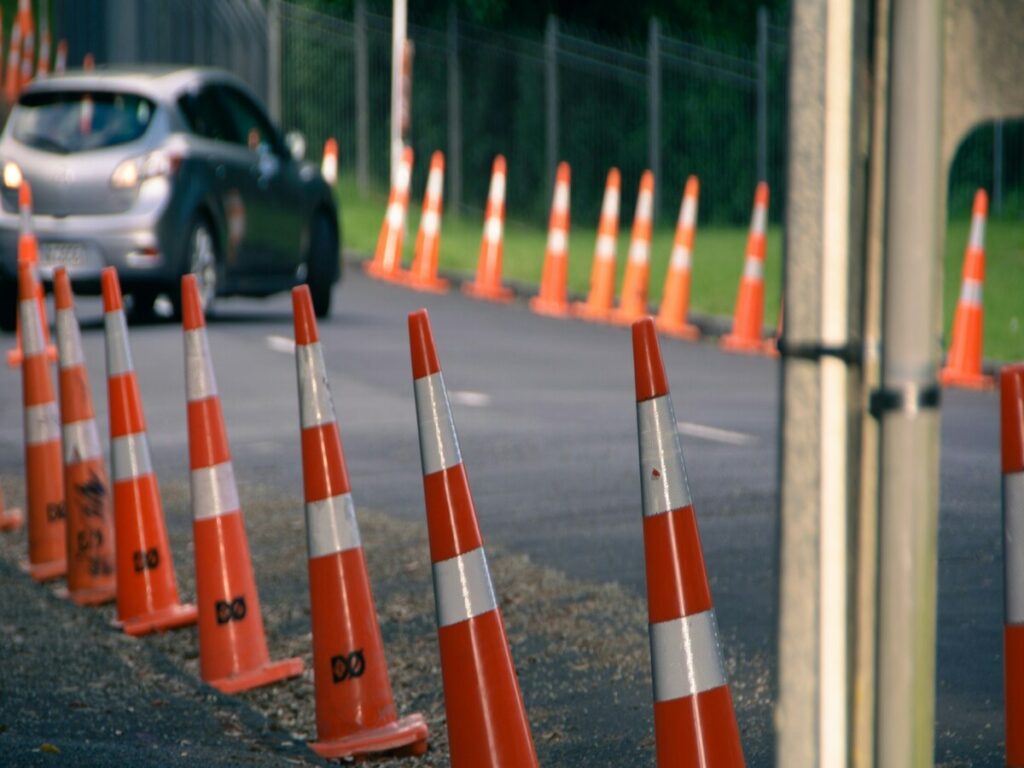
प्रभावी ट्रैफ़िक शंकु का चयन प्रभावी यातायात नियंत्रण और सुरक्षा के लिए महत्वपूर्ण है. तथापि, सामान्य गलतियाँ उनकी प्रभावशीलता को कम कर सकती हैं. इन नुकसान को समझने से आपको बेहतर विकल्प बनाने में मदद मिलती है.
हवा के क्षेत्रों में वजन की अनदेखी
हवा की स्थिति में, ट्रैफ़िक शंकु का वजन एक महत्वपूर्ण कारक बन जाता है. एक डरावना दिन पर हल्के शंकु स्थापित करने की कल्पना करें, केवल उन्हें ऊपर से देखने के लिए. यह परिदृश्य न केवल यातायात नियंत्रण को बाधित करता है, बल्कि सुरक्षा जोखिम भी पैदा करता है. भारी सुरक्षा शंकु हवा के झोंके का सामना करने के लिए आवश्यक स्थिरता प्रदान करते हैं. वे यह सुनिश्चित करते हैं कि ट्रैफ़िक शंकु सीधा रहें, वाहनों और पैदल यात्रियों को सुरक्षित रूप से मार्गदर्शन करना. अपने शंकु का वजन चुनते समय हमेशा पर्यावरणीय परिस्थितियों पर विचार करें. यह विचार दुर्घटनाओं को रोकता है और उच्च-हवा वाले क्षेत्रों में आदेश बनाए रखता है.
दृश्यता के लिए ऊंचाई को अनदेखा करना
यातायात के लिए एक शंकु की दृश्यता में ऊंचाई एक महत्वपूर्ण भूमिका निभाती है. लम्बे शंकु अधिक ध्यान देने योग्य हैं, विशेष रूप से उच्च-ट्रैफ़िक क्षेत्रों में या राजमार्गों पर. एक ड्राइवर को एक निर्माण क्षेत्र के माध्यम से नेविगेट करने वाला एक ड्राइवर कम दृश्यता शंकु के साथ. दुर्घटनाओं का खतरा बढ़ जाता है क्योंकि ड्राइवरों को प्रतिक्रिया देने के लिए समय में शंकु नहीं देख सकते हैं. यह सुनिश्चित करना कि आपके शंकु की पर्याप्त ऊंचाई उनकी दृश्यता बढ़ जाती है. यह दृश्यता सुरक्षित और प्रभावी ढंग से यातायात को निर्देशित करने के लिए आवश्यक है. ऊंचाई को प्राथमिकता देकर, आप अपने ट्रैफ़िक नियंत्रण उपायों की समग्र सुरक्षा में सुधार करते हैं.
इन सामान्य गलतियों से बचने से यह सुनिश्चित होता है कि आपके ट्रैफ़िक शंकु अपने उद्देश्य को प्रभावी ढंग से पूरा करते हैं. उचित वजन और ऊंचाई के विचार सुरक्षा शंकु की स्थिरता और दृश्यता को बढ़ाते हैं, सुरक्षित रोडवेज और कार्य क्षेत्रों में योगदान देना.
मामले का अध्ययन: विभिन्न प्रकार के यातायात शंकु के सफल कार्यान्वयन
शहरी निर्माण स्थल
हलचल वाले शहरी वातावरण में, निर्माण यातायात शंकु आदेश और सुरक्षा बनाए रखने में महत्वपूर्ण भूमिका निभाते हैं. आप अक्सर इन ट्रैफ़िक शंकु को रणनीतिक रूप से निर्माण क्षेत्रों के आसपास वाहनों और पैदल चलने वालों का मार्गदर्शन करने के लिए देखते हैं. यह सेटअप भीड़ को कम करता है और दुर्घटनाओं के जोखिम को कम करता है. उदाहरण के लिए, एक राजमार्ग निर्माण क्षेत्र में, श्रमिक प्रभावी ढंग से ट्रैफ़िक को चैनल करने के लिए ट्रैफ़िक शंकु का उपयोग करते हैं. यह विधि यह सुनिश्चित करती है कि ड्राइवर चल रहे रोडवर्क के आसपास सुरक्षित रूप से नेविगेट कर सकते हैं. शंकु’ चमकीले रंग और चिंतनशील बैंड दृश्यता को बढ़ाते हैं, उन्हें शहरी यातायात नियंत्रण में अपरिहार्य उपकरण बनाना.
ग्रामीण सड़क रखरखाव
ग्रामीण क्षेत्र यातायात प्रबंधन के लिए अद्वितीय चुनौतियां पेश करते हैं. यहाँ, यातायात के लिए विभिन्न प्रकार के शंकु वाहनों को सुरक्षित रूप से रखरखाव गतिविधियों के आसपास निर्देशित करने में आवश्यक साबित होते हैं. इन सेटिंग्स में, आप ट्रैफ़िक शंकु का सामना कर सकते हैं, जिसका उपयोग डिटॉर्स या सतर्क ड्राइवरों को सड़क के खतरों के लिए चिह्नित करने के लिए किया जाता है. ट्रैफ़िक शंकु का इतिहास यातायात की तारीखों के लिए 1930 के दशक में वापस आ जाता है चार्ल्स डी. स्कैनलॉन सड़क रखरखाव के दौरान दुर्घटनाओं को रोकने के लिए इसका आविष्कार किया. आज, ये ट्रैफ़िक शंकु ग्रामीण यातायात नियंत्रण में महत्वपूर्ण उपकरण के रूप में काम करना जारी रखते हैं. वे यह सुनिश्चित करने में मदद करते हैं कि दोनों वाहन और पैदल यात्री रखरखाव से गुजरने वाले क्षेत्रों के माध्यम से सुरक्षित रूप से नेविगेट करते हैं.
इन केस स्टडीज की जांच करके, आप विभिन्न सेटिंग्स में ट्रैफ़िक शंकु के व्यावहारिक अनुप्रयोगों में अंतर्दृष्टि प्राप्त करते हैं. चाहे शहरी निर्माण स्थलों या ग्रामीण सड़क रखरखाव में, ये शंकु रोडवेज पर सुरक्षा और दक्षता सुनिश्चित करने में एक महत्वपूर्ण भूमिका निभाते हैं.
विभिन्न वातावरणों में सुरक्षा और स्थिरता सुनिश्चित करने के लिए सही ट्रैफ़िक शंकु का चयन आवश्यक है. यातायात के लिए एक शंकु की ऊंचाई और वजन इसकी प्रभावशीलता को काफी प्रभावित करता है. लंबे शंकु दृश्यता बढ़ाते हैं, जबकि भारी सुरक्षा शंकु स्थिरता प्रदान करते हैं, विशेष रूप से हवा की स्थिति में. हमेशा सभी कारकों पर विचार करें, स्थानीय नियमों सहित, इष्टतम प्रदर्शन सुनिश्चित करने के लिए. यातायात के लिए उपयुक्त शंकु चुनकर, आप सड़क सुरक्षा और दक्षता बढ़ाते हैं, दोनों ड्राइवरों और पैदल यात्रियों की रक्षा करना. याद करना, यातायात के लिए सही शंकु न केवल मार्गदर्शन करता है, बल्कि सड़क पर सभी को भी सुरक्षित रखता है.

